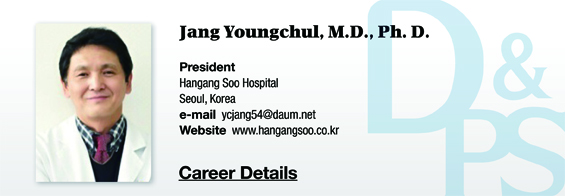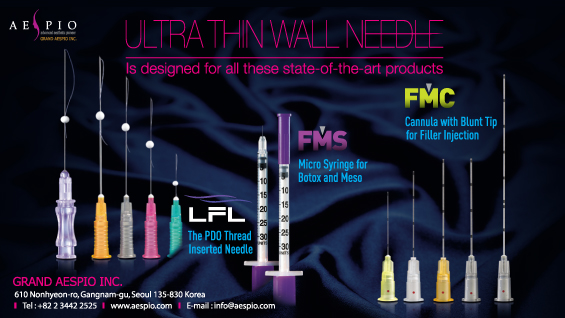General Considerations of Skin Graft
Requirements for skin graft success
; Skin graft problems are local rather than systemic.
Therefore, for successful skin graft, all possible causes, however simple, should be consistently
and regularly checked to prevent and resolve problems.
Considerations for improving graft survival
1) General condition of patient
a. Old age(cooperation of treatment, nutrition, thin skin, mental status)
b. Children(cooperation of treatment)
[Advertisement] ULTRA THIN WALL NEEDLE – Manufacturer: AESPIO(www.aespio.com)
2) Environment of recipient site
a. Inappropriate escharectomy: especially, with early excision and early graft, tangential excision is
carried out with close observation of pin point bleeding pattern.
Therefore, necrotic tissues remaining in the wound bed may cause graft failure, and experience
is required to precisely remove the necrosis and create an environment conducive to
successful engraftment in the wound bed.
b. After removing necrotic tissue and eschar, healthy granulation tissues should have formed in the
wound bed.
c. Infection control(especially, Staphylococcus, Streptococcus, MRSA, Pseudomonas etc.)
3). Immobilization
. splint, tie overdressing, K-wire,
. Saline soaking dressing
. Punched out silicone sheet(Mepitel)
4) Site and position of graft site ; graft survival may vary depending on the location and maintained position. especially, face, neck, inguinal area, hips, axilla, and back, etc. are problematic as it is difficult to maintain the body position for the duration of engraftment.
Causes of skin graft failure
a. Wound bed environment
. Second to third degree deep burns may result in blurred boundaries of viable tissues if
escharectomy is performed too early.
. Imprecise excision may result from unclear distinction between viable or nonviable tissues.
. Novice surgeon.
b. Infection
. Graft loss due to systemic infection from wound sepsis is rare today. Most cases of infection is
local environment.
. Information on infection is obtained from culture and bacterial strain typing but it’s not always
accurate. Generally, if less than 10 organisms are found per tissue gram, good graft survival
could be expected but this method is not currently used. The surgeon’s evaluation is more
important. Early excision and graft before bacterial colonization may be the best way to increase
graft take rate.
c. Motion
. Limiting the motion of the grafted area has great impact on the graft take.
. Therefore, before engraftment is complete, immobilization should be maintained.
Certain measures should be taken to limit motion especially in the face, neck, back, large joints, and hips etc.
-To be continued-





















